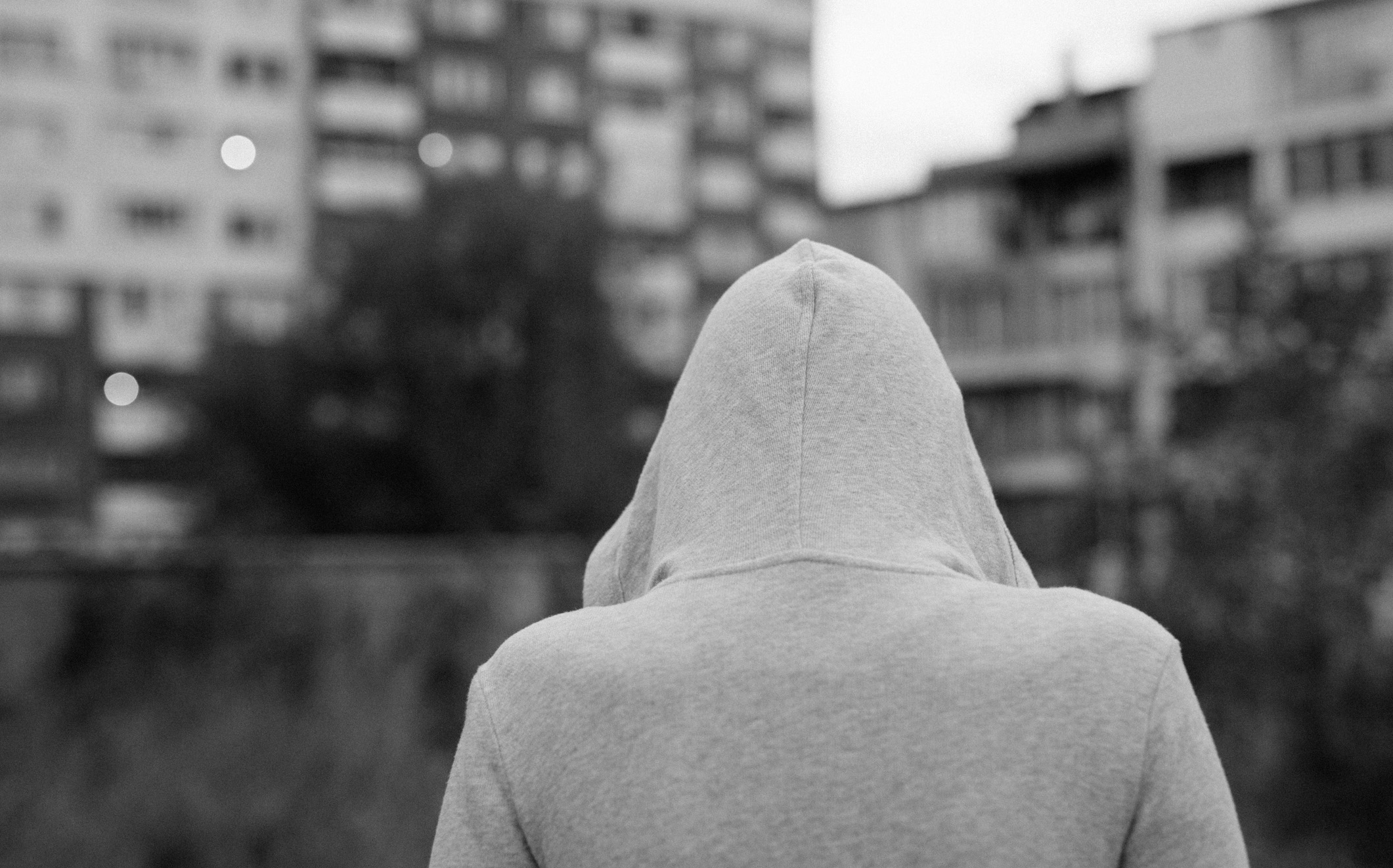
More than one in 20 U.S. high school students experienced homelessness in 2016 and 2017, according to a 2018 report from the U.S. Department of Housing and Urban Development. Although the circumstances surrounding these adolescents’ lives are undoubtedly stressful and traumatic, few reliable and large-scale assessments of the psychiatric burden among unhoused teens are available.
In a new paper published in JAMA, research by Rishi Wadhera, an assistant professor of medicine at Harvard Medical School and Beth Israel Deaconess Medical Center, and Michael Liu, an MD student at HMS, evaluated mental health and substance use among unhoused and housed high school students surveyed voluntarily and anonymously in 2019.
“Our study found that homeless adolescents experienced significantly worse mental health and more substance use than their housed counterparts,” said Wadhera, who is also an investigator in the Smith Center for Outcomes Research at Beth Israel Deaconess. “The U.S. is facing a youth homelessness crisis, which will only be exacerbated by challenges presented by the COVID-19 pandemic, including parental deaths, housing evictions, and worsening poverty. We need to implement policies and interventions that improve broad health, social, and educational outcomes among homeless adolescents, and perhaps more importantly, prevent and end adolescent homelessness altogether.”
Wadhera and colleagues used representative data from a survey of the demographic characteristics, housing status, mental health, and substance use of U.S. high school students in 22 states, administered in 2019 to assess four mental health outcomes and 11 substance use outcomes. Data from 4,523 unhoused adolescents and more than 105,000 housed adolescents revealed that teens experiencing homelessness were more likely to report feelings of sadness and hopelessness and to have considered, planned, or attempted suicide than their housed peers.
Prevalent use of cigarettes, cannabis, and illegal drugs, such as cocaine, heroin, and methamphetamine, was also substantially higher among unhoused teens. Unhoused teens were also more likely than their housed counterparts to be male, Black or Hispanic, and identify as gay or lesbian.
“Our study is a call to action for schools, health systems, and policymakers to address the significant burden of mental health and substance use challenges faced by homeless adolescents,” said Liu, who was first author on the paper. “The burden of homelessness falling disproportionately on Black, Hispanic, and LGBTQIA+ individuals, which reflects enduring structural injustices such as racism, homophobia, and transphobia in the U.S. We need to do a better job of identifying these students and connecting them to evidence-based interventions such as stable housing and mental health support.”
Co-authors included Katherine Koh, of Massachusetts General Hospital, and Stephen Hwang, of St. Michael’s Hospital.
This work was supported by the National Heart, Lung, and Blood Institute (grant K23HL148525-1) of the National Institutes of Health.
Disclosures: Wadhera receives research support from the National Heart, Lung, and Blood Institute (grant K23HL148525-1) of the National Institutes of Health. He is a paid consultant for Abbott and has previously consulted for Regeneron outside the submitted work. Hwang receives research support from the Canadian Institutes of Health Research (grant FD-167263.) All other authors have no disclosures.



